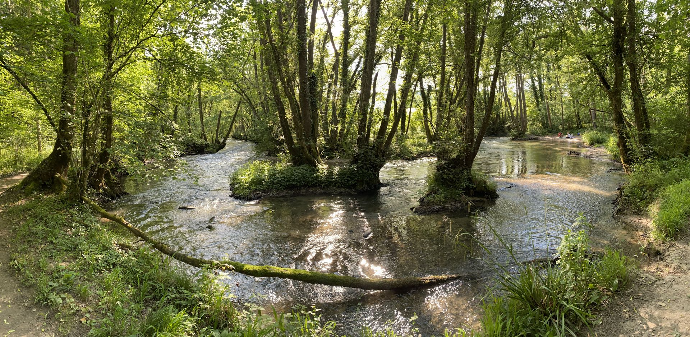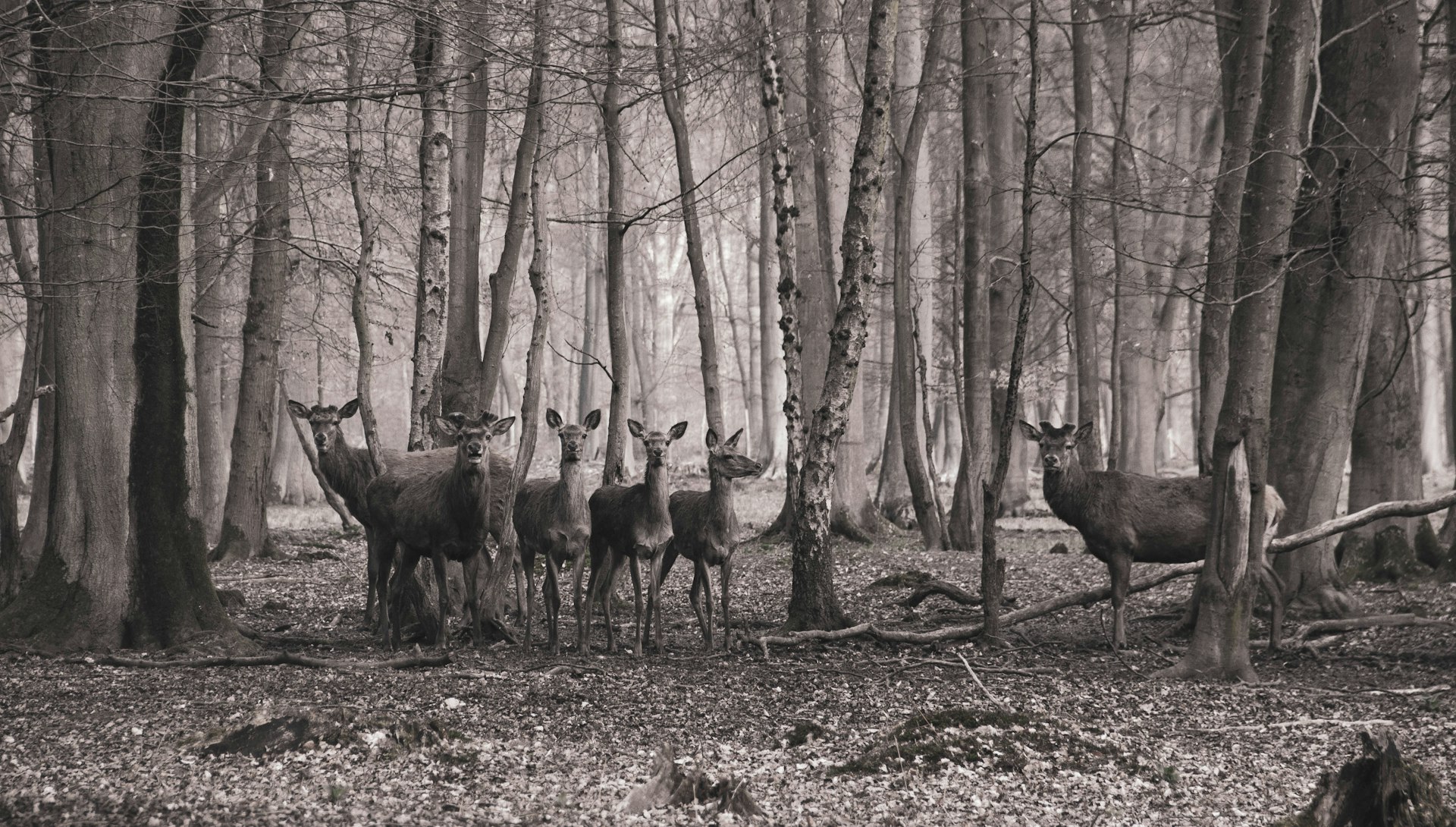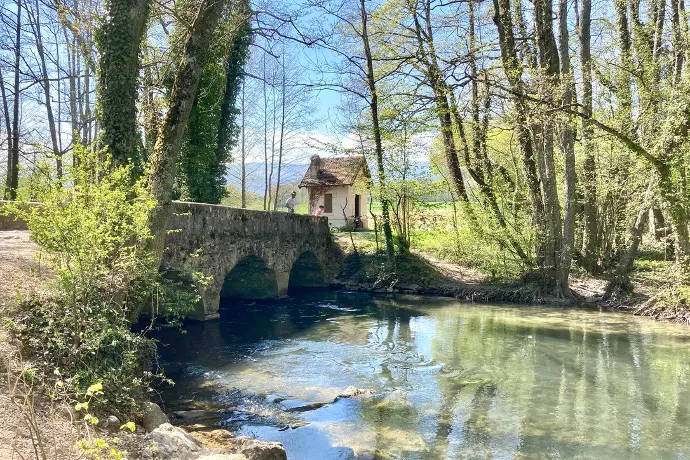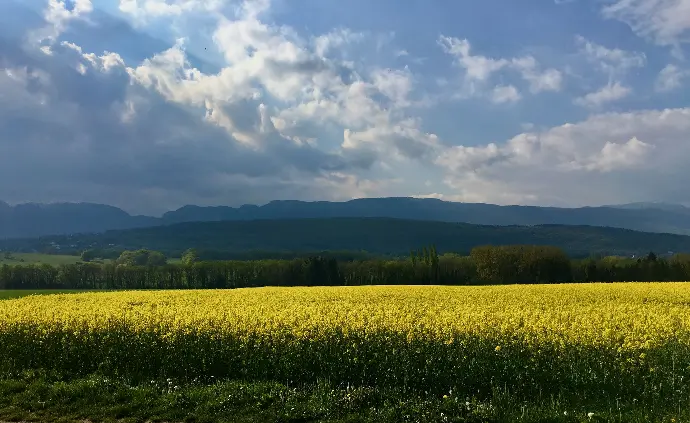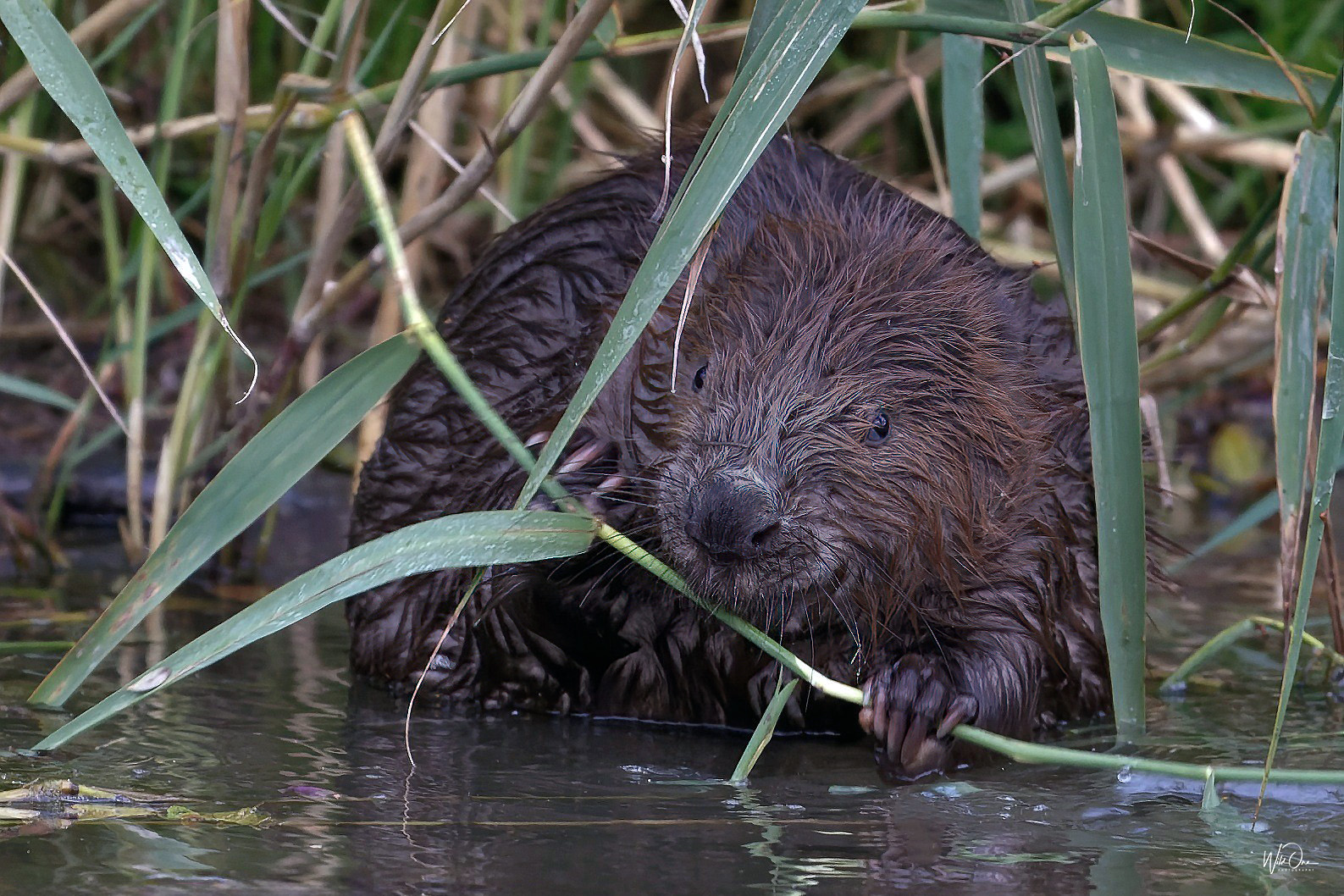Protective measures
The area surrounding the Tattes-de-Bogis is protected by a number of protective measures at the Federal level because the zone is home to a unique biodiversity and an important historical heritage.
Find out more below about the various inventories that are already in-place to protect the site.
Landfill risks and threats
In view of global warming and recurring water stress, it is important to preserve our shared water resources.
And yet...
Water Quality
- The landfill site will be located less than 100 metres from the river and will be situated above the Versoix river over a distance of 2 kilometres. The removal of the 45 hectares of agricultural land that links the Versoix woodland to the Bois de Portes could have dramatic consequences for the hydrological balance of the region. With a downhill gradient of between 16 and 18 metres, run-off water from the entire landfill area would flow straight into the Versoix marshes and the river, with a high probability of chemical pollution.
- This will be exacerbated by the dust generated by the toing and froing of the lorries offloading their cargo, the mechanical excavotors and wind picking up the dust.
- This pollution could end up in Lake Geneva, which provides an important source of our drinking water...
- And ironically, the Versoix river and its surroundings have undergone significant regeneration and renaturing work designed to improve water quality.

Wildlife issues
Remember that the river and its surroundings provide:
- an important wildlife corridor.
- a refuge for protected species (frogs, beavers) and a nesting area for priority species (skylark).
- home to valuable fish (lake trout, grayling, sculpin).
- a popular area for outdoor activities like walking, cycling and horse-riding.
Photo © Sally - www.wildonephotography.net
Would you like to help us?
Would you like to know what you can do?
We are a team of volunteers committed to preserving our common environmental and historical heritage. If you would like to join us, help us and support us, you can play a key role in stopping this landfill project.
